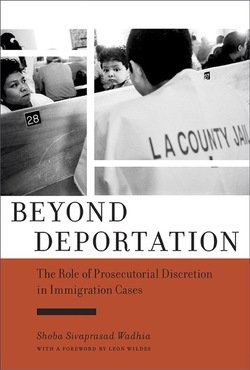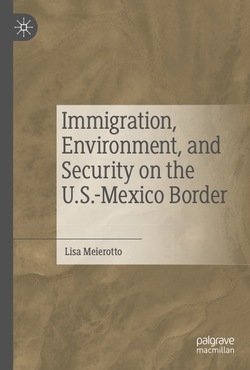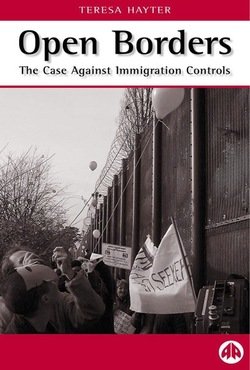Irina Isaakyan, Anna Triandafyllidou, Simone Baglioni
Through an inter-subjective lens, this open access book investigates the initial labour market integration experiences of these migrants, refugees or asylum seekers, who are characterised by different biographies and migration/asylum trajectories. The book gives voice to the migrants and seeks to highlight their own experiences and understandings of the labour market integration process, in the first years of immigration. It adopts a critical, qualitative perspective but does not remain ethnographic. The book rather refers the migrants’ own voice and experience to their own expert knowledge of the policy and socio-economic context that is navigated. Each chapter brings into dialogue the migrant’s intersubjective experiences with the relevant policies and practices, as well as with the relevant stakeholders, whether local government, national services, civil society or migrant organisations. The book concludes with relevant critical insights as to how labour market integration is lived on the ground and on what migrants ‘do’ with labour market policies rather than on what labour market policies ‘do’ to or for migrants.
Springer Cham





















